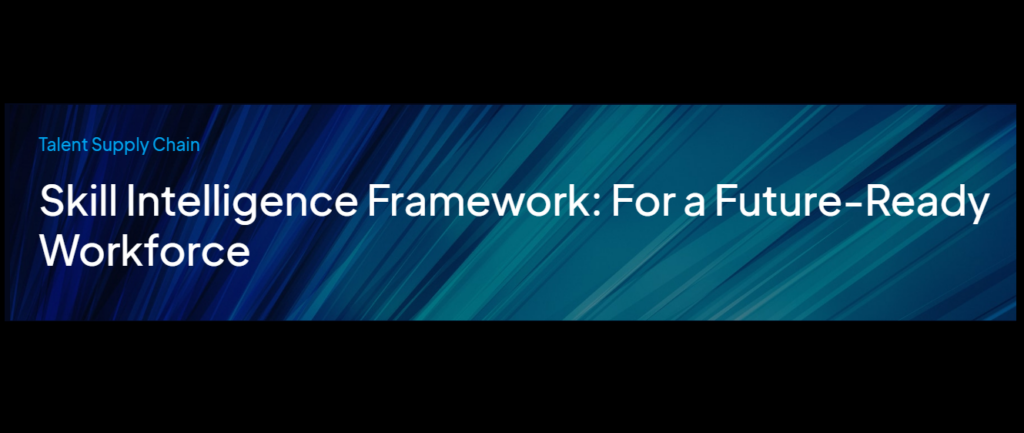Edge Computing vs. Cloud Computing: The Next Frontier in Tech Infrastructure

In today’s digital age, the demand for real-time data processing, low latency applications, and increased privacy is on the rise. Traditional cloud computing, while powerful, faces limitations in addressing these growing needs. This is where edge computing comes into play, offering a decentralized approach that brings computing power closer to the data source.
Understanding Edge Computing
Edge computing refers to the processing of data at the network’s edge, near the source of the data, rather than relying solely on centralized cloud data centers. This distributed approach reduces latency, improves response times, and enhances data security.
Key Benefits of Edge Computing
- Reduced Latency: By processing data closer to its source, edge computing eliminates the need for data to travel long distances to the cloud, resulting in significantly reduced latency. This is crucial for applications that require real-time responses, such as autonomous vehicles, IoT devices, and augmented reality.
- Improved Response Times: Edge computing enables faster data processing and analysis, leading to quicker responses to user requests and events. This is essential for applications like online gaming, video streaming, and virtual reality.
- Enhanced Data Security: By keeping data processing local, edge computing reduces the risk of data breaches and unauthorized access. This is particularly important for sensitive data like financial information, medical records, and personal data.
- Increased Reliability: Edge computing creates a more resilient infrastructure by distributing data processing across multiple locations. This reduces the risk of downtime and ensures continuous operation even in the event of a failure.
- Reduced Costs: Edge computing can help reduce costs by optimizing network traffic and data storage. By processing data closer to its source, the need for transferring large amounts of data to the cloud is reduced, leading to lower bandwidth costs.
Comparing Edge Computing and Cloud Computing
| Feature | Edge Computing | Cloud Computing |
|---|---|---|
| Location | Near the data source | Centralized data centers |
| Latency | Low | High |
| Response Times | Fast | Slow |
| Data Security | High | Medium |
| Reliability | High | Medium |
| Costs | Lower | Higher |
Export to Sheets
Use Cases of Edge Computing
Edge computing is well-suited for a wide range of applications, including:
- Internet of Things (IoT): Edge computing enables real-time processing of data from IoT devices, such as sensors, wearables, and smart home appliances.
- Autonomous Vehicles: Edge computing is essential for processing sensor data and making real-time decisions for autonomous vehicles.
- Augmented Reality (AR): Edge computing provides the low latency and high bandwidth required for AR applications.
- Virtual Reality (VR): Edge computing ensures smooth and immersive VR experiences by processing data locally.
- Industrial Automation: Edge computing enables real-time monitoring and control of industrial processes.
- Smart Cities: Edge computing is used for managing traffic, energy consumption, and other city services.
The Future of Edge Computing
Edge computing is rapidly emerging as a critical component of modern IT infrastructure. As the number of connected devices and the volume of data generated continue to grow, the demand for edge computing solutions will only increase.
Conclusion
Edge computing offers a compelling alternative to traditional cloud computing by providing lower latency, faster response times, enhanced data security, increased reliability, and reduced costs. As the technology evolves, we can expect to see even more innovative applications and use cases emerging in the years to come.






Responses